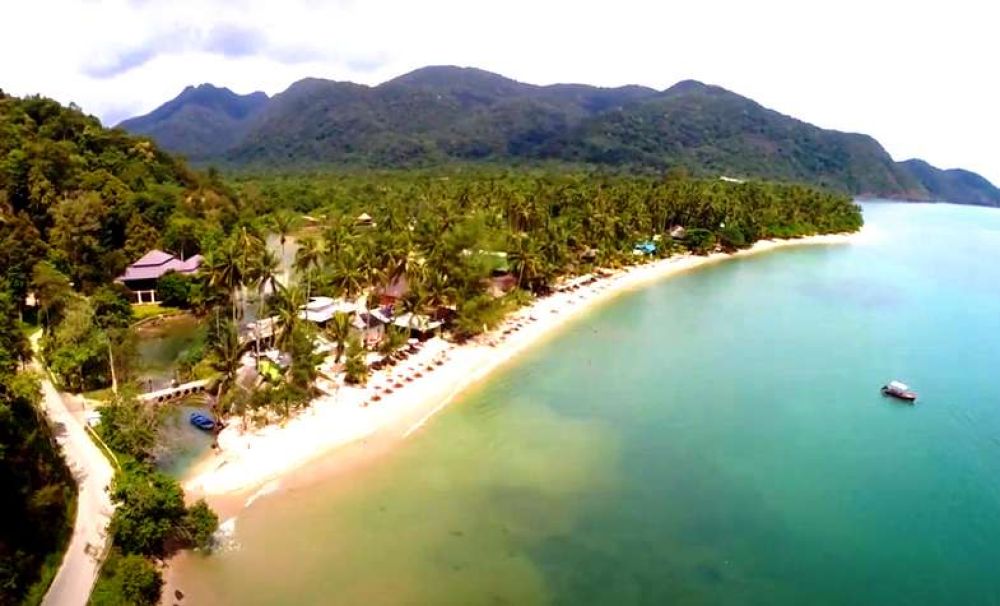

Nestled in the southwestern corner of Cambodia, Koh Kong has emerged as a beacon for adventure-seekers and eco-tourists. This province, with its rich history in both culture and tourism, boasts a staggering array of untouched landscapes, from dense mangrove forests to the pristine Cardamom Mountains.
The history of tourism in Koh Kong can be traced back to the late 20th century, following the end of Cambodia’s tumultuous civil conflicts. With peace gradually restored, the 1990s ushered in a new era for Koh Kong, the one that saw the potential for tourism development due to its proximity to Thailand and the natural beauty of its surroundings.
Initially, tourism was modest, focused primarily on domestic visitors and intrepid backpackers drawn by the charm of the untamed landscapes and the authentic local lifestyle. Access to the region improved significantly after the construction of the Koh Kong Bridge in 2002, which replaced the ferry system and connected the province to the rest of Cambodia.
Significant milestones have marked Koh Kong's growth as a tourist destination. The opening of the Koh Kong International Resort in the early 2000s provided a space for leisure and gaming, attracting a diverse crowd of visitors. Ecotourism started to flourish as well, with the establishment of several conservation projects and community-based tourism initiatives designed to protect the local environment and bring economic benefits to the community.
Tatai River became a particularly popular spot for its eco-friendly lodges and serene river cruises, allowing visitors to experience the local wildlife and stunning scenery in a sustainable manner. Meanwhile, the nearby Koh Kong Island offered pristine beaches and clear waters, although remaining largely undeveloped due to its status as a military area which has curtailed widespread tourist access.
Eco-tourism continues to dominate as the latest trend in Koh Kong, catering to global travelers' growing appetite for sustainable and responsible travel experiences. Tourists are increasingly interested in immersive experiences that allow them to connect with nature while supporting conservation efforts and the local economy.
Adventure tourism is also on the rise, with Koh Kong's rugged terrain providing the perfect playground for activities such as jungle trekking, kayaking, and mountain biking. The Chi Phat community-based ecotourism project, for example, is gaining popularity for its trekking and mountain biking trails that take visitors through the heart of the Cardamom Mountains.
Finally, cultural tourism has begun to gain traction, with more visitors seeking to experience the traditions and lifestyles of the local Khmer communities. Homestays and cultural tours offer insights into the daily life, cuisine, and crafts of the region, creating a more engaging and enriching travel experience.
As Koh Kong continues to develop, balancing growth with environmental preservation will be crucial. The region shows considerable promise with its current approach, integrating community development with eco-friendly tourism. With proper management and sustainable practices, Koh Kong can continue to shine as a jewel of Cambodia's tourism industry, beckoning travelers from around the globe.